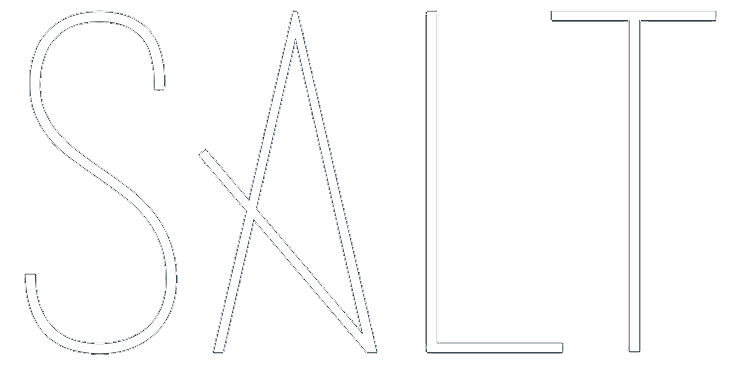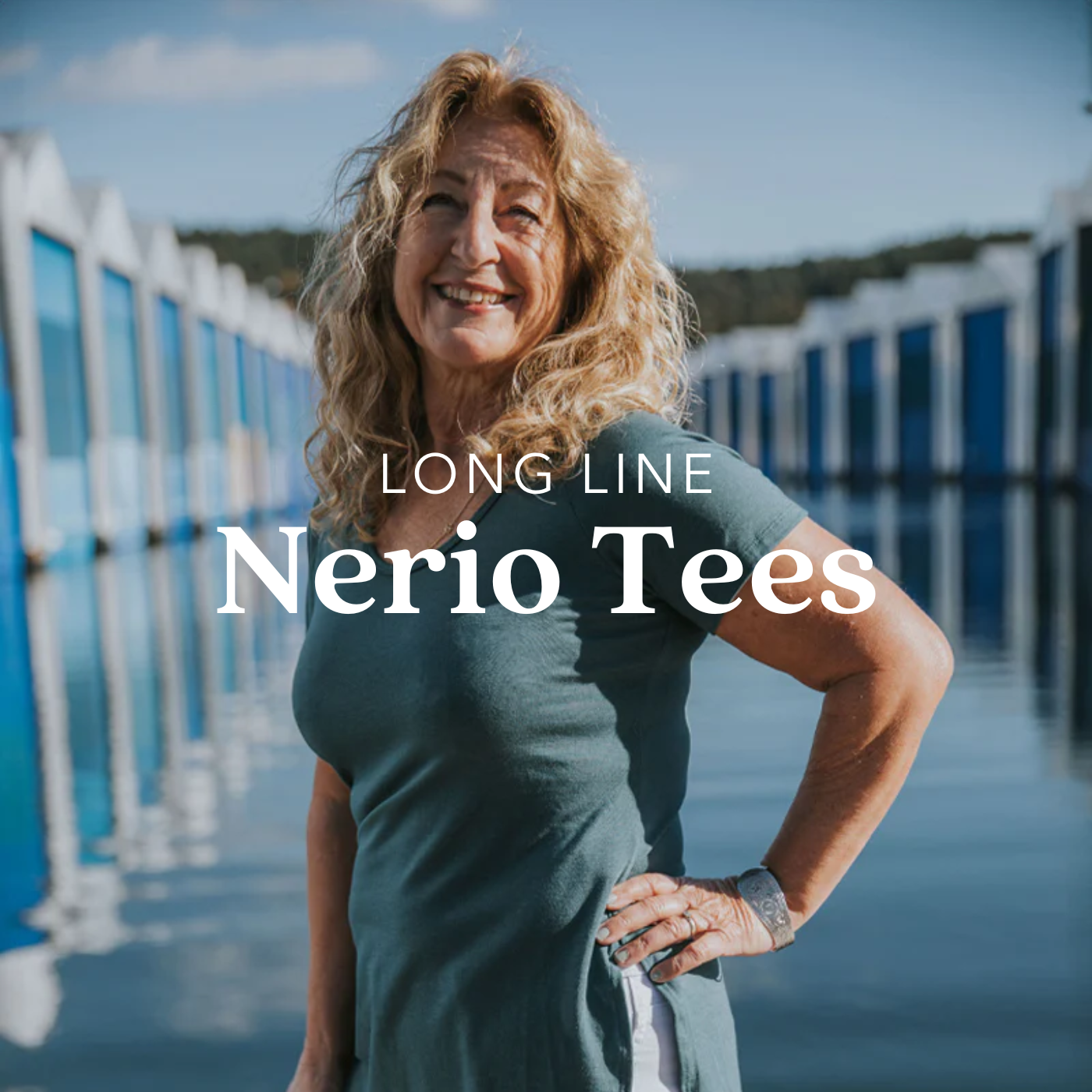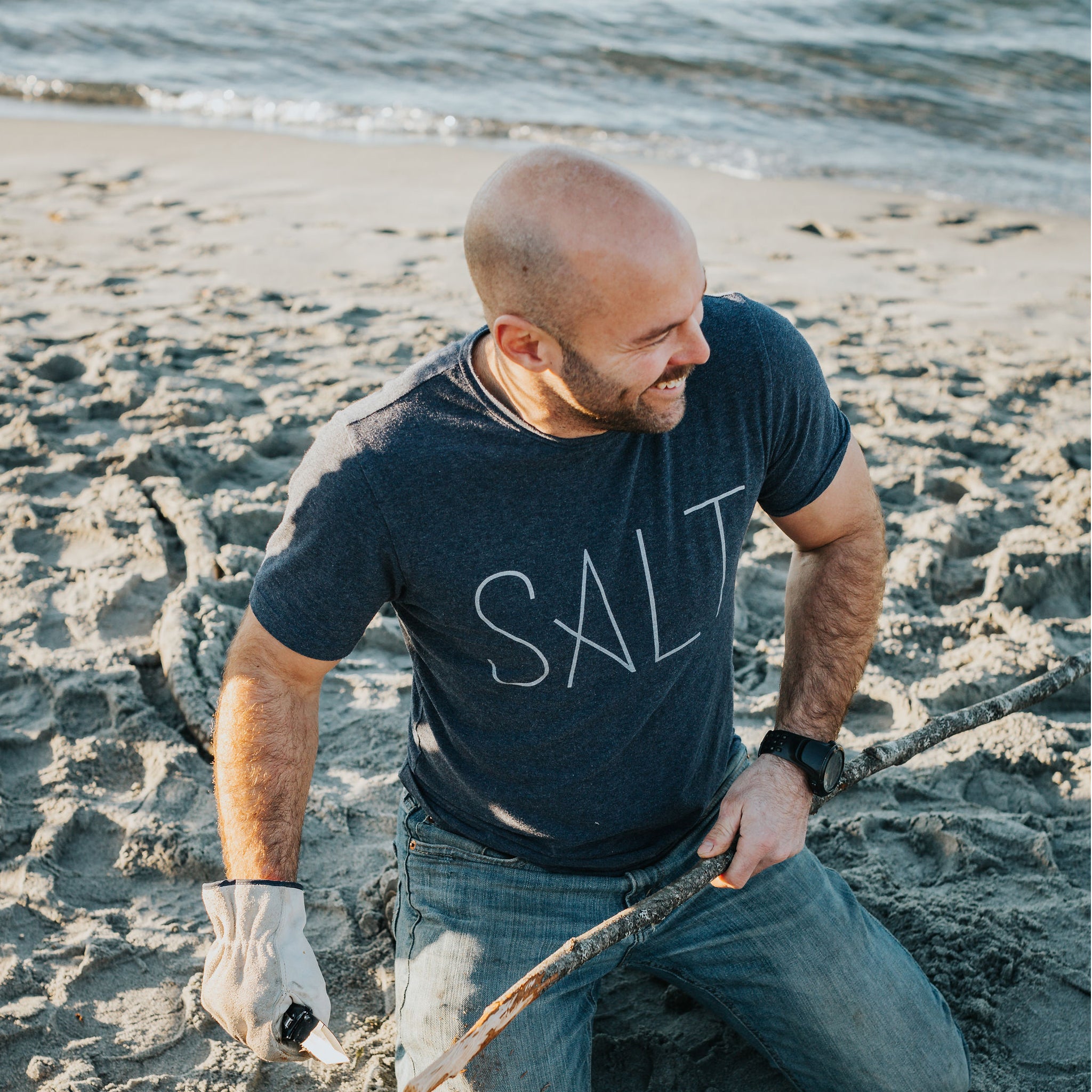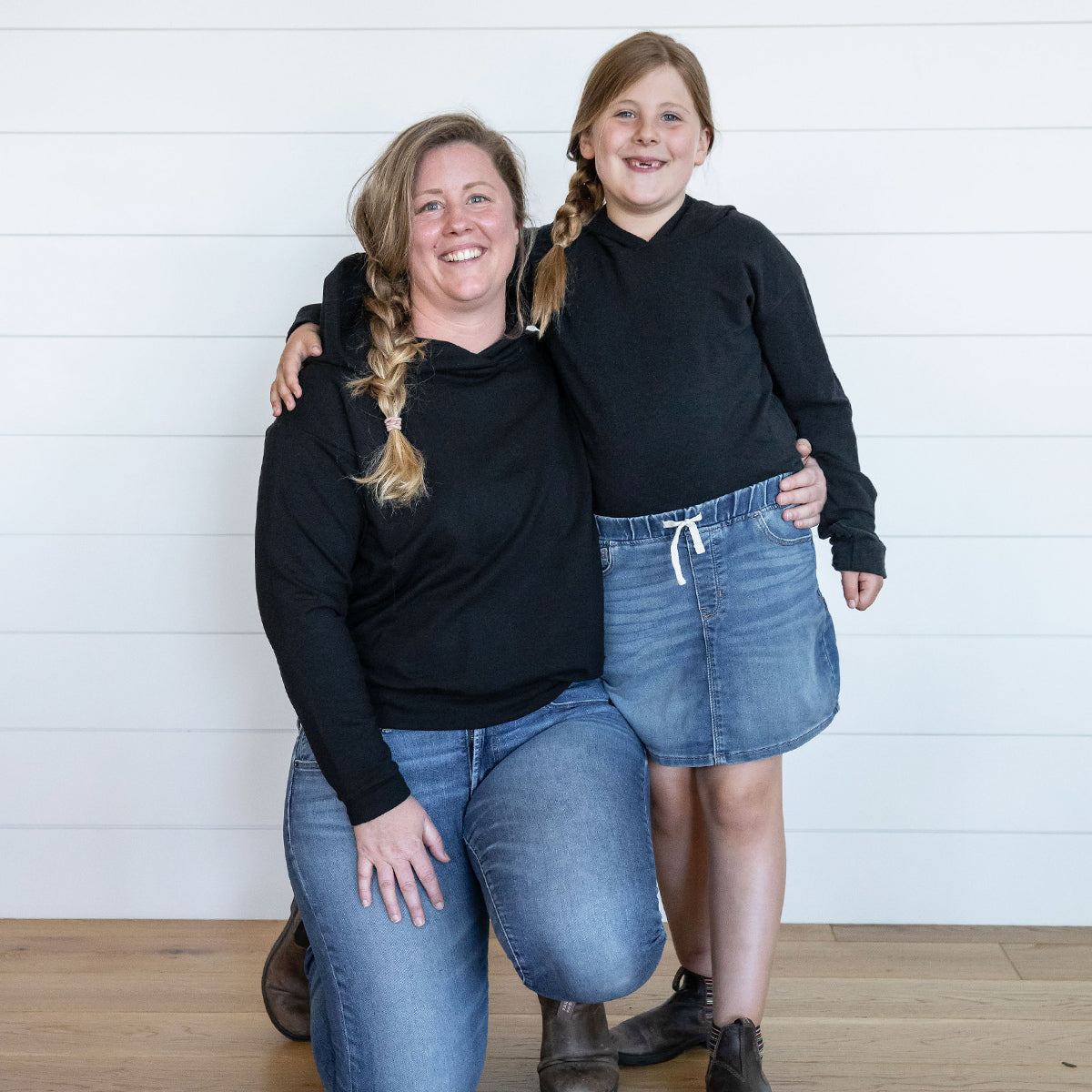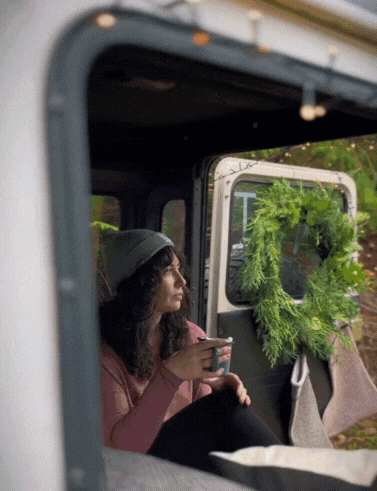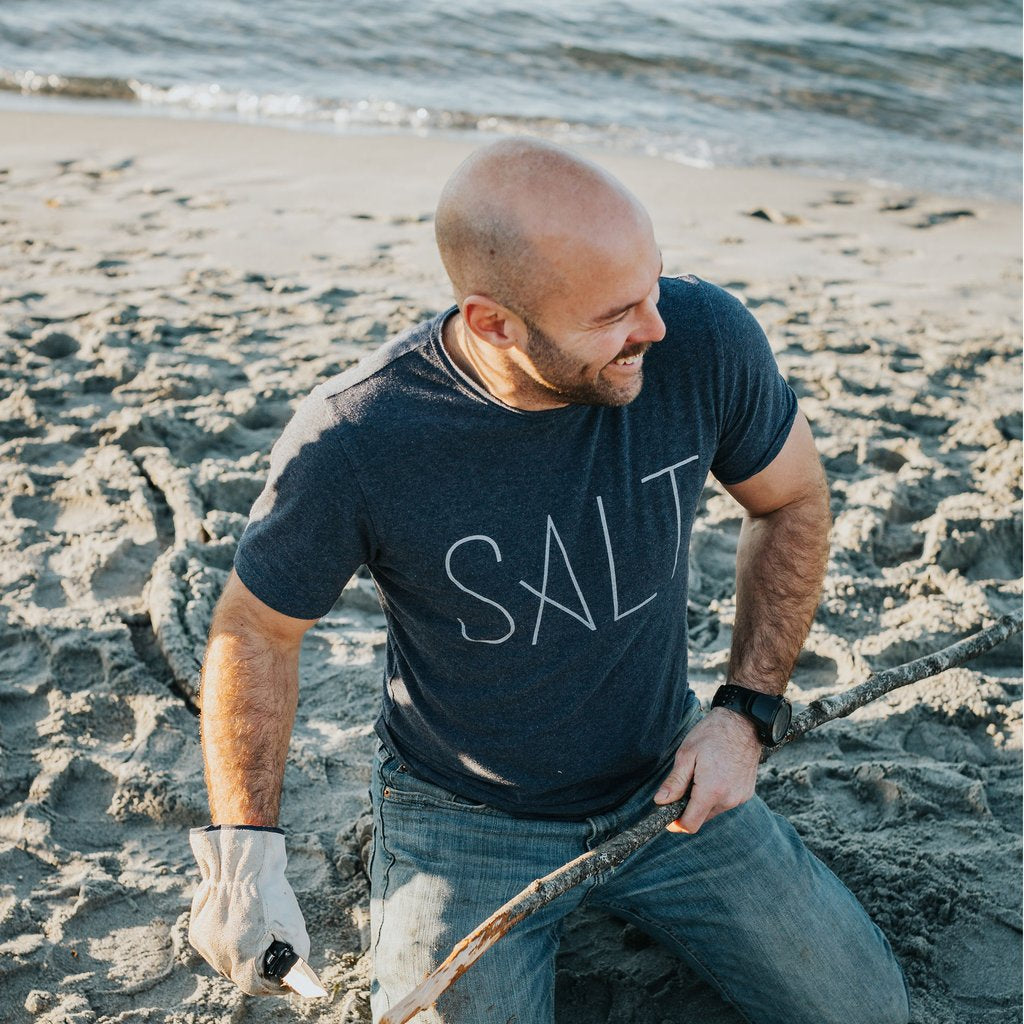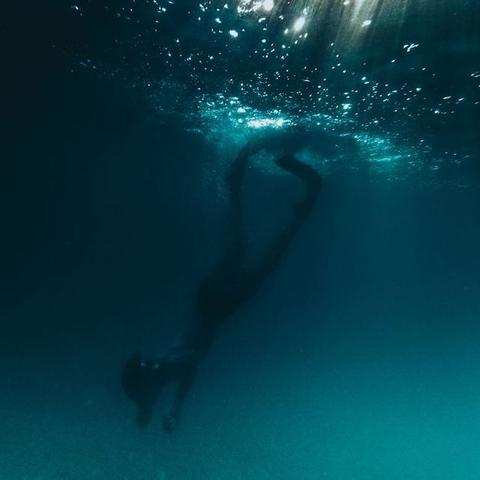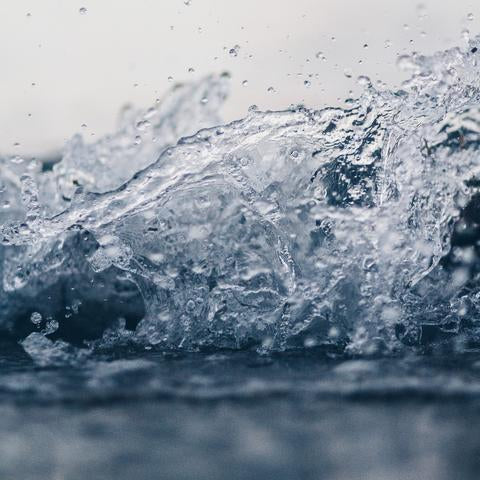
WORLD WATER DAY | Safe Water For All

Nothing can live without water. That is what makes our planet so special (and lush!). We have magnificent glaciers, quick running rivers, swimmable lakes, and an ocean, our beautiful, mysterious ocean, that brings so much joy to so many, and provides a home to thousands of species.
The saddening thing, is that the distribution of clean drinking water is grossly out of proportion globally. Partly, that is due to a lack of sources in hotter places. Another big piece of the puzzle is that the infrastructure just isn't there. According to the United Nations, "3 in 10 people lack access to safely managed drinking water services and 6 in 10 people lack access to safely managed sanitation facilities." Some countries simply can't afford it. Some are in such dire turmoil over political, economic, or social issues, that resources are already spread too thinly, and it isn't made a priority, even though people are dying because of it. Unfortunately, it is people who are already marginalized or struggling in other ways who tend to be effected by the challenges of getting fresh water.
Even in Canada, we have a shocking number of long-term drinking water advisories, a high proportion of which exist in First Nations communities. It would appear our current government has a plan to put an end to all of them, however, the timeline is still several years away.
Although the water we usually concern ourselves with is too salty to be ingested, the health of all waters is important to our planet, and to our communities. Imagine living every day without clean water running out of your taps. Having to walk miles just to get enough water for your family to survive, and still not being confident that it is safe. Imagine not having a toilet! We bet that there are thousands of people who take their everyday access to clean water for granted.
The United Nations has made getting clean water accessible for all one of their 17 Sustainable Development Goals, set out in 2015, that they desire to accomplish by 2030. The intentions of these goals are lofty, and inspiring.
"The new Goals are unique in that they call for action by all countries, poor, rich and middle-income to promote prosperity while protecting the planet. They recognize that ending poverty must go hand-in-hand with strategies that build economic growth and addresses a range of social needs including education, health, social protection, and job opportunities, while tackling climate change and environmental protection." - United Nations

Goal Number 6 is to "Ensure access to water and sanitation for all." For those of us living in a developed country, with regular access to clean water and proper sanitation, living without those things may seem foreign. But it is the reality for billions of our global neighbours, and negatively affects so many parts of their lives.
"Water scarcity, poor water quality and inadequate sanitation negatively impact food security, livelihood choices and educational opportunities for poor families across the world." - United Nations
They have declared March 22nd World Water Day. Every day of the year really, needs to be world water day, but having a specific day set aside creates a conversation. They are asking everyone to Learn, Share, and Act to help spread the word.
The theme this year is "Leaving no one behind." Water is a human right. We need it, for so many things. We need to ingest about 2 litres a day to be ideally hydrated. We need it to keep ourselves and our homes clean and safe. It really is the elixir of life.

When natural disasters hit, like hurricanes and earthquakes, even more people are left without water, and it can takes days, weeks, months even to ship it into those displaced. Technology like Michael Pritchard's LifeSaver products could make a big difference in these situations. His filtration systems go into water bottles and jerry cans that allows the user to source water from anywhere, even contaminated sources, and produce clean, drinkable water without electricity or batteries. He designed a simple hand pump system that anyone can use. The filters he designed have openings only 15 nanometers wide. That means that even microbiological contaminants, like E.coli and Polio, cannot get through. (Check him out presenting it to the world 10 years ago at TED.)
"LifeSaver filtration technology will purify unreliable municipal water supplies, rainwater, water taken directly from lakes, rivers, ponds, and even muddy puddles, allowing you to make thousands of litres / gallons of clean safe water." - Lifesaver
The jerry cans could be useful in everyday water collection as well, as they hold up to 18.5 litres of water, and come with filters that are good for 10,000 - 20,000 litres of filtration. "Women and girls are responsible for water collection in 8 out of 10 households with water off-premises." -United Nations The jerry cans would eliminate the need to find a clean water source, and these women and girls could find the closest source of water (if there is one), not the cleanest, without worrying about the contamination. This would save them time, effort, and would allow them to pursue work, and maybe even education with the extra hours they would gain back.
Starting with solutions like this, that are less expensive than widespread infrastructure, are at least a temporary option, but not a long term solution. Very cool to see this type of technology out there though!

Will we ever run out of clean water? This is a thought that must cross the minds of Climate Change experts. Temperatures and populations continue to rise, research is starting to show that aquifers are draining. These and others are troubling signs. So what are we to do?
- Be precious with your water. Don't waste or pollute it unnecessarily.
- Be creative. Make use of the newest ideas and tech available for keeping your lifestyle water-friendly. Simple changes, like saving rain water for your garden, or even to be used in your home, will help.
- Speak up. Governments in places like Australia and Israel have made smart decisions and invested in the right technology to recapture their water resources or decrease usage. We should be doing this world wide!
What about the ocean? It makes up about 97% of the water on the planet, and we cannot drink it. There is a process called Desalination that takes ocean water and turns it into fresh water. Is this the solution? In some areas, it has become relied upon, but it is not the best option.
"On average it's about five to seven times more expensive. The energy footprint is huge, and you've got to do something with the salt...[and it wrecks] havoc...on marine ecosystems.” - BBC, Is the world running out of fresh water?
There are different ways for it to be done, but they all seem to have the same challenges with cost and byproduct. They also tend to be large, noisy facilities, that need to be built on waterfront, which again poses risks to the marine environment. Fresh water treatment plants and rainwater catchment systems are much better, safer options.

What can you do for World Water Day? Learn about the biggest issues facing water scarcity and what is being done about them; lend your voice to the conversation, and engage others to spread awareness; and take action, by creating an event, donating to a verified organization, or attend an event being hosted in your area (find out here).
Today, we celebrate water. We give thanks to our planet, for providing us with such a gorgeous resource, and hope in the future, it can be enjoyed by all. #leavenoonebehind

